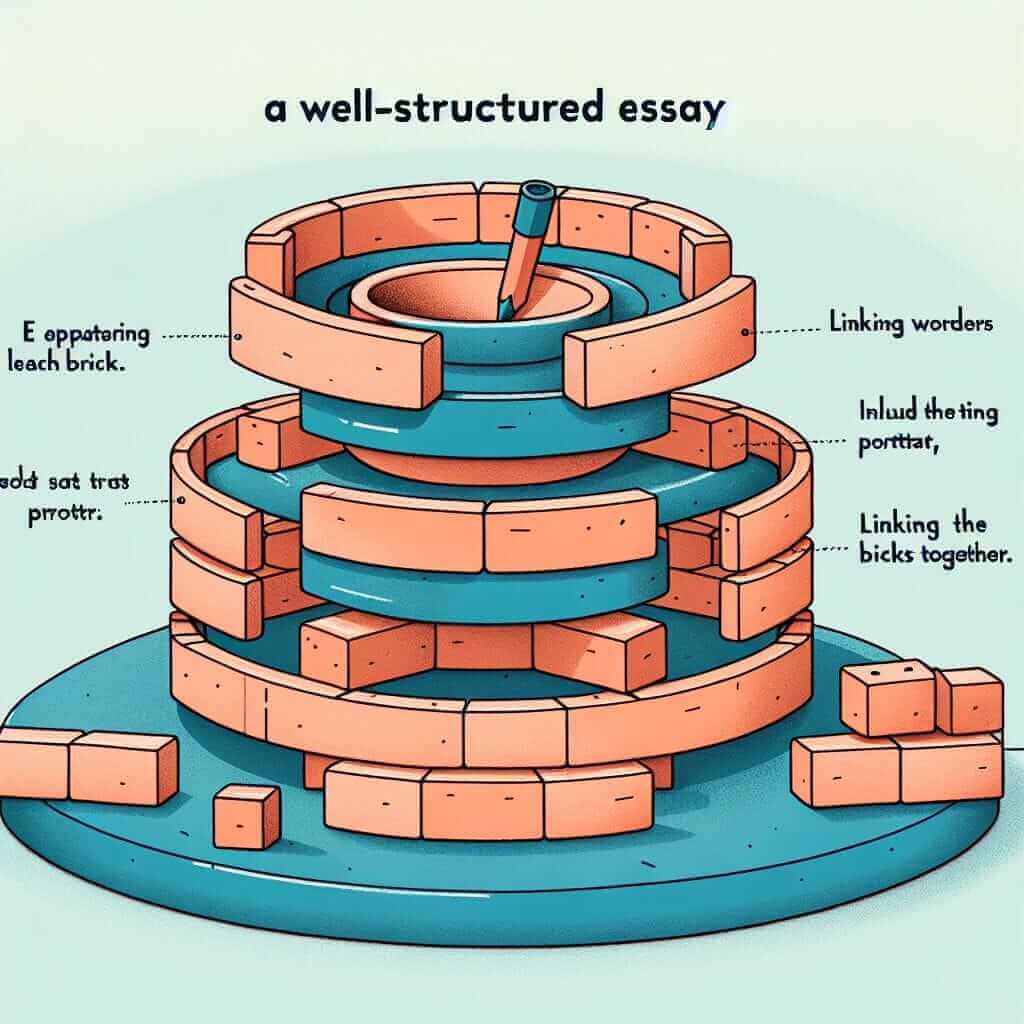As an IELTS instructor with over two decades of experience, I’ve witnessed firsthand the transformative power of strong coherence and cohesion in students’ writing. These elements are the very foundation of a well-structured, easily understandable essay, which is crucial for achieving a high score in the IELTS writing test.
Understanding the Importance of “Bricks” in IELTS Writing
Imagine for a moment that your IELTS essay is a brick wall. Individual bricks represent your ideas and sentences, while the mortar holding them together signifies coherence and cohesion. Without this mortar, the wall would crumble, just as your essay would lack clarity and flow.
In essence, “making bricks” in the context of IELTS writing refers to developing each paragraph with:
- Clear and relevant ideas: Just like a strong brick, each idea should contribute to the overall structure and purpose of your essay.
- Logical progression: Ideas should flow smoothly from one to another, guided by appropriate transition words and phrases, ensuring the reader can effortlessly follow your line of reasoning.
- Effective linking devices: These act as the “mortar”, connecting sentences and paragraphs seamlessly. Examples include conjunctions (e.g., and, but, because), adverbs (e.g., however, furthermore, consequently), and transition phrases (e.g., on the other hand, in addition to this).
Building a Strong Essay Structure: Laying the Bricks
- Start with a blueprint: Before you even pick up your metaphorical trowel, plan your essay. This blueprint should outline your main points and how you will connect them.
- Lay the foundation: Begin each paragraph with a clear topic sentence that acts as a mini-thesis for that section.
- Bind your ideas: Use a variety of linking devices to connect sentences and paragraphs, ensuring a smooth and logical flow. Avoid repetition and choose words that accurately reflect the relationship between ideas (e.g., cause and effect, contrast, addition).
- Use referencing effectively: Refer back to previous points using pronouns (e.g., this, it, these) or synonyms to avoid repetition and maintain clarity.

Examining Real-World Examples
Let’s analyze how “bricks” are laid in a sample IELTS essay prompt:
Prompt: Some people believe that the best way to improve public health is by increasing the number of sports facilities. Others, however, believe that other measures are required. Discuss both views and give your opinion.
Example Paragraph:
One argument in favor of expanding sports facilities is that it promotes physical activity. (Clear topic sentence) Access to gyms, swimming pools, and playing fields can encourage individuals to engage in regular exercise. (Supporting idea) This, in turn, can lead to a decrease in obesity rates and a lower incidence of chronic diseases such as diabetes and heart disease. (Further development and linking). However, critics argue that simply providing facilities does not guarantee their use. (Transition to contrasting viewpoint).
Top Tips for Making Strong “Bricks”
- Practice makes perfect: Regularly write essays with a focus on coherence and cohesion. Seek feedback from teachers or peers.
- Expand your vocabulary: Learn a variety of linking words and phrases to express different relationships between ideas.
- Read widely: Pay attention to how experienced writers structure their essays and connect their thoughts.
- Proofread carefully: After writing, review your essay specifically for coherence and cohesion. Ensure your ideas flow logically and your linking devices are used correctly.
By mastering the art of “making bricks” – constructing your essay with coherence and cohesion – you’ll create a strong and impactful piece of writing that effectively conveys your ideas and paves the way for a high IELTS score.